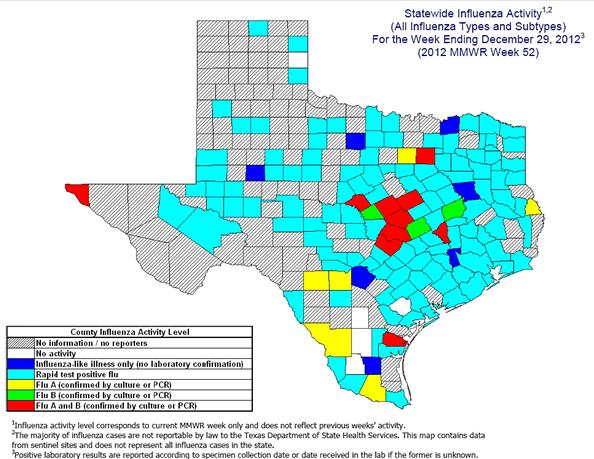 There are steps you can take in your daily life to help protect you from getting the flu.
There are steps you can take in your daily life to help protect you from getting the flu.
- Wash your hands often with soap and water or an alcohol-based hand rub.
- Avoid touching your eyes, nose, or mouth. Germs spread this way.
- Try to avoid close contact with sick people.
- Practice good health habits. Get plenty of sleep and exercise, manage your stress, drink plenty of fluids, and eat healthy food.
- Cover your nose and mouth with a tissue when you cough or sneeze. Throw the tissue in the trash after you use it.
- If you are sick with flu-like illness, stay home for at least 24 hours after your fever is gone without the use of fever-reducing medicine.
What are the symptoms of the flu?
Flu symptoms include:
- A 100 degrees F or higher fever or feeling feverish (not everyone with the flu has a fever)
- A cough and/or sore throat
- A runny or stuffy nose
- Headaches and/or body aches
- Chills
- Fatigue
- Nausea, vomiting, and/or diarrhea (most common in children)
Treatment
If you have been diagnosed with the flu, you should stay home and follow your health care provider’s recommendations. Talk to your health care provider or pharmacist about over-the-counter and prescription medications to ease flu symptoms and help you feel better faster.
- You can treat flu symptoms with and without medication.
- Over-the-counter medications may relieve some flu symptoms but will not make you less contagious.
- Your health care provider may prescribe antiviral medications to make your illness milder and prevent serious complications.
- Your health care provider may prescribe antibiotics if your flu has progressed to a bacterial infection.
How do I care for the sick person?
Make sure the sick person follows any instructions given by his or her health care provider and takes all medications as directed. You can make the sick person more comfortable by following our treatment recommendations.
Get immediate medical care if the sick person experiences:
- Difficulty breathing or shortness of breath
- Purple or blue discoloration of the lips
- Pain or pressure in the chest or abdomen
- Sudden dizziness
- Confusion
- Severe or persistent vomiting
- Seizures
- Flu-like symptoms that improve but then return with fever and worse cough
For more information go to flu.gov
Flu in Texas for week ending December 29, 2012


